Table of content
- Asparagus: The Harbinger of Spring
- Peas and Fava Beans: Sweet Legumes of Renewal
- Artichokes: A Symbol of Spring Abundance
- Strawberries: The Jewels of Spring
- Herbs: Aromatic Revival
- Salads: Celebrating Greens
- Risottos and Pastas: Creamy Elegance
- Seafood: Coastal Delights
- Eggs: Versatile Spring Stars
- Herbal Teas and Infusions
- Light Wines and Cocktails
- Non-Alcoholic Elixirs
- Pies and Tarts
- Puddings and Mousses
- Frozen Delights
- Nowruz: Persian New Year
- Easter and Passover
- Hanami: Japan’s Cherry Blossom Festivals
Spring, a season of rebirth and vibrant transformation, brings with it a cornucopia of fresh ingredients that awaken the palate after winter’s heavy fare. As nature bursts forth with blooming flowers, tender greens, and ripe fruits, culinary traditions around the world embrace this abundance to create dishes that are both light and flavorful. This article explores the diverse world of spring cuisine, highlighting seasonal produce, traditional recipes, and the cultural significance of springtime feasts. From delicate herbs to succulent seafood, spring offers a symphony of tastes that reflect the season’s energy and optimism.
The Essence of Spring Produce
Spring’s culinary identity is defined by its emphasis on fresh, tender ingredients that thrive in cooler, moist climates. Farmers’ markets and gardens come alive with leafy greens, crisp vegetables, and early fruits, each contributing unique textures and flavors to seasonal dishes.
Asparagus: The Harbinger of Spring
Asparagus, often dubbed the “king of spring vegetables,” is one of the first crops to emerge as temperatures rise. Its tender spears, available in green, white, and purple varieties, boast a delicate balance of earthiness and sweetness. Roasted, grilled, or blanched, asparagus pairs beautifully with lemon, hollandaise sauce, or prosciutto. In Mediterranean cuisine, it is often tossed into frittatas or risottos, while in Germany, Spargelsuppe (asparagus soup) is a cherished spring staple.
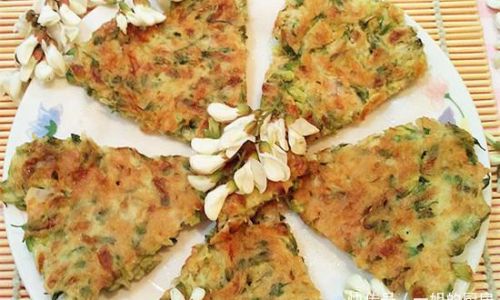
Peas and Fava Beans: Sweet Legumes of Renewal
Fresh peas and fava beans are ephemeral treasures of spring. Their brief growing season makes them a prized ingredient in gourmet dishes. Shelled peas, with their bright green hue and natural sweetness, are perfect in salads, pastas, or as a side dish tossed with mint and butter. Fava beans, slightly nuttier and starchier, require blanching and peeling but reward with a creamy texture. In Middle Eastern cuisine, they are mashed into ful medames, while in Italy, they star in vignarola, a Roman stew featuring artichokes and peas.
Artichokes: A Symbol of Spring Abundance
Artichokes, with their thorny leaves and heart-shaped bases, are a hallmark of spring menus. Their unique flavor—subtlety bitter with a nutty finish—shines when steamed, grilled, or stuffed. In Provence, France, artichauts à la barigoule features artichokes braised with white wine, herbs, and bacon. In California, they are often deep-fried or served with aioli. Artichoke hearts also make a luxurious addition to dips, pizzas, and pasta dishes.
Strawberries: The Jewels of Spring
While strawberries are often associated with summer, many varieties peak in late spring. Their juicy sweetness and aromatic fragrance make them ideal for desserts, jams, and salads. In Japan, ichigo daifuku—mochi stuffed with strawberries and red bean paste—is a seasonal delight. In France, fraises des bois (wild strawberries) are macerated in sugar and served with Champagne.
Herbs: Aromatic Revival
Spring herbs like chives, dill, tarragon, and cilantro emerge with vigor, adding freshness to dishes. Chive blossoms, with their mild onion flavor, are scattered over salads, while dill elevates smoked salmon and creamy sauces. In Southeast Asia, cilantro roots are pounded into curry pastes, and in Iran, tarragon infuses sabzi polow (herbed rice) with an anise-like aroma.
Light and Bright Spring Dishes
Spring’s culinary philosophy revolves around simplicity and freshness, allowing ingredients to shine without heavy sauces or spices.
Salads: Celebrating Greens
Spring salads are a canvas for seasonal produce. A classic salade niçoise combines tender greens with tuna, olives, and hard-boiled eggs, while a Danish vintersalat (spring salad) features asparagus, radishes, and new potatoes. For a modern twist, try a mix of arugula, strawberries, toasted almonds, and goat cheese dressed in balsamic glaze.
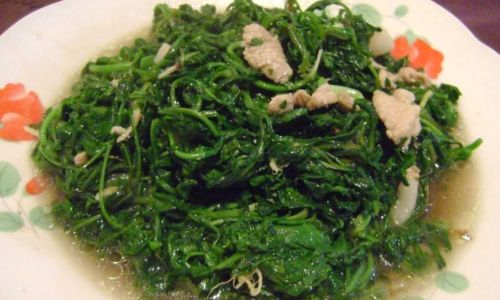
Risottos and Pastas: Creamy Elegance
Spring risottos leverage fresh herbs and vegetables. Risotto ai carciofi (artichoke risotto) from Italy uses slowly cooked artichoke hearts to create a velvety base. In Japan, takikomi gohan (spring vegetable rice) incorporates bamboo shoots, peas, and carrots. For pasta lovers, spaghetti alle vongole (clams with garlic and white wine) is a coastal favorite, while handmade tagliatelle pairs beautifully with ramps (wild leeks) and Parmesan.
Seafood: Coastal Delights
Spring marks the migration of many fish species, making it a prime time for seafood. In Scandinavia, grilled mackerel with dill and lemon is a staple, while in the Mediterranean, branzino al sale (sea bass baked in salt) showcases the fish’s delicate flavor. Shrimp and scallops, often paired with peas or asparagus, make elegant entrées.
Eggs: Versatile Spring Stars
Eggs, symbolizing new beginnings, are central to spring celebrations. From Spanish tortilla de patatas (potato omelet) to Middle Eastern shakshuka (eggs poached in tomato sauce), eggs provide protein and richness. In France, oeufs en meurette (poached eggs in red wine sauce) is a bistro classic, while in Japan, tamagoyaki (rolled omelet) is a breakfast staple.
Spring Beverages: Refreshing Sips
Spring’s mild temperatures call for beverages that are crisp and hydrating, often infused with seasonal flavors.
Herbal Teas and Infusions
Fresh herbs like mint, chamomile, and lemon verbena make soothing teas. In Morocco, naana (mint tea) is served with fresh leaves and sugar, while in India, tulsi (holy basil) tea is prized for its medicinal properties.
Light Wines and Cocktails
Crisp white wines like Sauvignon Blanc or Pinot Grigio complement spring dishes. For cocktails, mix elderflower liqueur with sparkling wine for a St. Germain spritz, or muddle strawberries with gin for a fruity twist.
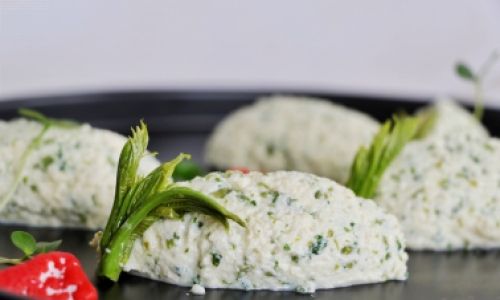
Non-Alcoholic Elixirs
Infused waters with cucumber, lemon, and basil or beetroot-ginger juice offer vibrant alternatives to sugary drinks. In Turkey, şerbet made from rose petals or hibiscus is a traditional spring refresher.
Sweet Endings: Spring Desserts
Spring desserts lean on fresh fruits and delicate flavors to avoid heaviness.
Pies and Tarts
A strawberry-rhubarb pie is an American classic, balancing tart and sweet notes. In France, tarte aux asperges vertes (asparagus tart) is a savory-sweet surprise, while in Italy, crostata di ricotta e limone (ricotta and lemon tart) highlights citrus zest.
Puddings and Mousses
Light, airy desserts like lemon posset or raspberry mousse provide a satisfying finish. In Scandinavia, rabarbragrøt (rhubarb pudding) is a tangy treat, often served with cream and sugar.
Frozen Delights
Spring’s first ice creams and sorbets showcase seasonal fruits. A basil-strawberry sorbet or honey-lavender gelato captures the essence of the season.
Cultural Traditions and Spring Feasts
Spring festivals often center on communal meals that celebrate harvests and new beginnings.
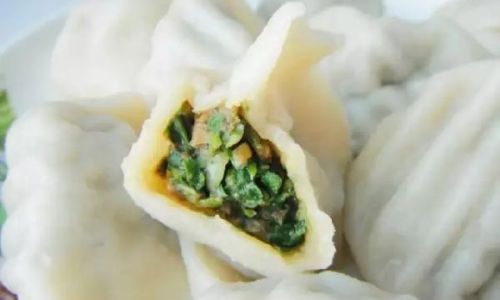
Nowruz: Persian New Year
Celebrated on the vernal equinox, Nowruz features a haft-sin table adorned with symbolic foods like sabzeh (sprouted wheat), samanu (sweet pudding), and senjed (dried fruit). Dishes like kuku sabzi (herb frittata) and mahi shekampor (stuffed fish) are served to symbolize rebirth.
Easter and Passover
In Christian traditions, roast lamb with mint sauce and simnel cake (a fruitcake with marzipan) are Easter favorites. Jewish Passover seders include matzo ball soup and charoset (a fruit-and-nut paste symbolizing mortar).
Hanami: Japan’s Cherry Blossom Festivals
During hanami, picnics under blooming sakura trees feature sakura mochi (pink rice cakes) and bentō boxes with sushi, tamagoyaki, and pickled vegetables.
Sustainability and Spring Foraging
Spring’s bounty encourages foraging and mindful sourcing. Wild ramps, nettles, and morels appear in forests, offering unique flavors. However, foragers must respect ecosystems by harvesting sustainably and avoiding protected species.
Conclusion: Embracing Spring’s Ephemeral Delights
Spring cuisine is a celebration of fleeting moments—the first asparagus spear, the juiciest strawberry, the tenderest pea. It invites us to slow down, savor simplicity, and reconnect with nature’s cycles. Whether through time-honored traditions or innovative recipes, spring’s culinary landscape reminds us that renewal is not just a seasonal shift but a state of mind. As we transition into warmer months, let these dishes inspire gratitude for the earth’s generosity and the joy of sharing meals with loved ones. 🌱

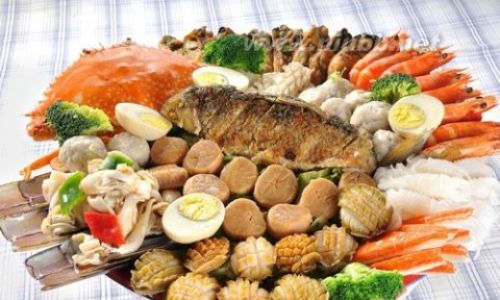
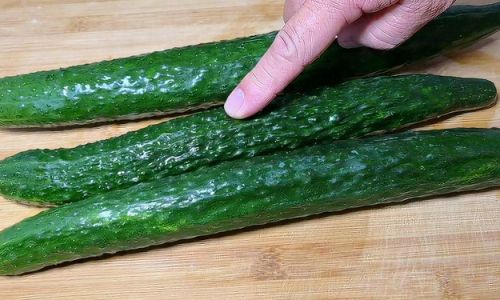
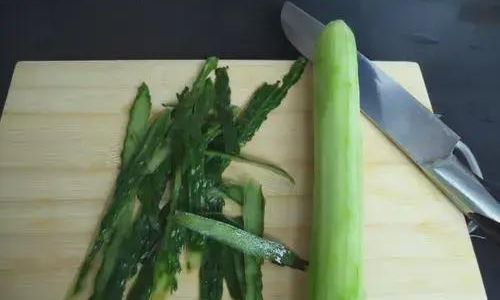

0 comments